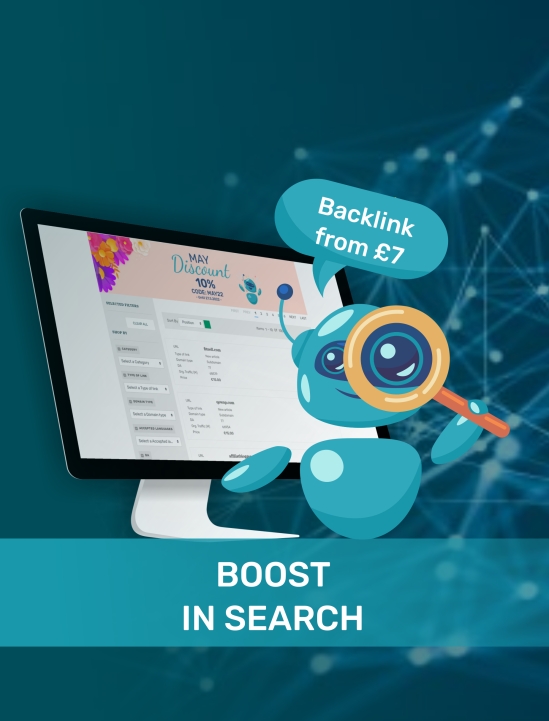In today’s fast-paced business environment, effective project management is crucial for delivering successful outcomes on time and within budget. Traditional project management methods often rely heavily on text-based documentation and status reports, which can lead to misunderstandings, missed deadlines, and decreased team collaboration. Enter visual project management—a transformative approach that leverages visual tools and techniques to streamline project delivery, enhance communication, and improve overall project outcomes.
What is Visual Project Management?
Visual project management is a methodology that uses visual representations to plan, execute, and monitor projects. By incorporating charts, diagrams, boards, and other visual aids, teams can better understand project timelines, task dependencies, and progress. This approach makes complex information more accessible, fostering greater clarity and collaboration among team members.
Benefits of Visual Project Management
- Enhanced Clarity and Understanding
- Visual tools simplify complex project data, making it easier for team members to grasp project scope, timelines, and responsibilities.
- Improved Communication
- Visual aids bridge communication gaps, ensuring that everyone is on the same page regardless of their role or expertise.
- Increased Engagement
- Interactive and visually appealing tools can boost team engagement, motivation, and accountability.
- Better Tracking and Monitoring
- Real-time visual dashboards allow for continuous monitoring of project progress, enabling swift identification and resolution of issues.
- Facilitated Collaboration
- Visual project management fosters a collaborative environment where team members can easily share ideas, provide feedback, and work together towards common goals.
Key Visual Project Management Tools
-
Kanban Boards
- Description: Kanban boards visualize workflow by categorizing tasks into columns such as To Do, In Progress, and Done.
- Benefits: Helps teams manage workload, identify bottlenecks, and ensure a steady flow of tasks.
- Popular Tools: Trello, Jira, Asana
-
Gantt Charts
- Description: Gantt charts display project schedules, task durations, and dependencies in a timeline format.
- Benefits: Provides a clear overview of project timelines, helps in planning and tracking progress against deadlines.
- Popular Tools: Microsoft Project, Smartsheet, TeamGantt
-
Mind Maps
- Description: Mind maps organize ideas and tasks around a central concept, showing relationships and hierarchies.
- Benefits: Enhances brainstorming, planning, and organizing complex information in a visually intuitive way.
- Popular Tools: MindMeister, XMind, Coggle
-
Dashboards
- Description: Dashboards aggregate key project metrics and data into a single visual interface.
- Benefits: Enables quick access to critical information, facilitates data-driven decision-making, and tracks key performance indicators (KPIs).
- Popular Tools: Tableau, Power BI, Monday.com
-
Flowcharts
- Description: Flowcharts illustrate the sequence of steps or processes within a project.
- Benefits: Clarifies processes, identifies potential inefficiencies, and supports process improvement initiatives.
- Popular Tools: Lucidchart, Visio, Draw.io
Implementing Visual Project Management for Successful Project Delivery
-
Assess Your Project Needs
- Determine which visual tools best align with your project’s requirements, team size, and workflow.
-
Choose the Right Tools
- Select tools that integrate well with your existing systems and provide the features necessary for your project’s success.
-
Train Your Team
- Ensure that all team members are proficient in using the chosen visual tools to maximize their effectiveness.
-
Establish Clear Processes
- Define how and when visual tools will be used, ensuring consistency and clarity in project management practices.
-
Monitor and Adapt
- Continuously evaluate the effectiveness of your visual project management approach and make adjustments as needed to optimize performance.
Visual project management represents a powerful shift from traditional, text-heavy project management methods. By leveraging visual tools and techniques, teams can enhance clarity, improve communication, and streamline project delivery. Whether you’re managing a small team or overseeing a large, complex project, integrating visual project management strategies can lead to more efficient workflows, better collaboration, and ultimately, more successful project outcomes. Embrace the visual revolution in project management and take your project delivery to the next level.


